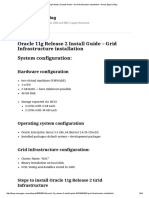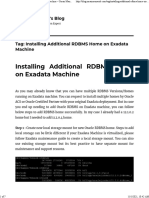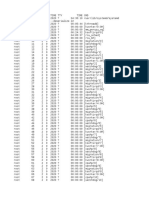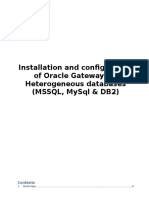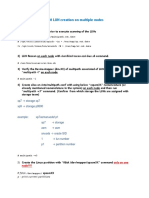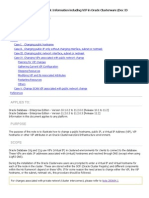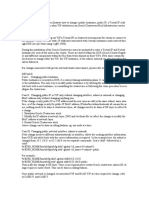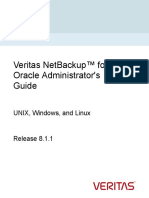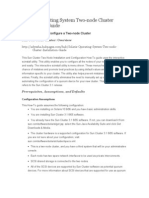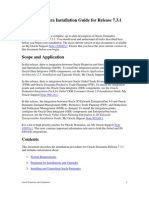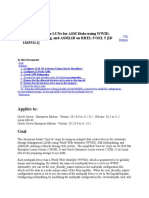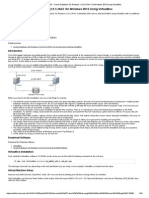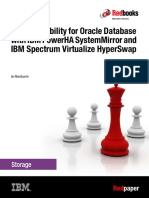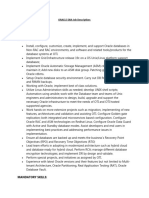0% found this document useful (0 votes)
121 views4 pagesEnable VNCR in Oracle RAC for Security
1. This document provides steps to enable VNCR (Valid Node Checking for Registration) in an Oracle RAC environment to protect against SQL poisoning attacks.
2. It describes editing the listener.ora file on each node to add parameters enabling VNCR and specifying allowed nodes for each SCAN listener.
3. The changes must be reloaded on all listeners to activate the new configuration.
Uploaded by
OlivierCopyright
© © All Rights Reserved
We take content rights seriously. If you suspect this is your content, claim it here.
Available Formats
Download as DOCX, PDF, TXT or read online on Scribd
0% found this document useful (0 votes)
121 views4 pagesEnable VNCR in Oracle RAC for Security
1. This document provides steps to enable VNCR (Valid Node Checking for Registration) in an Oracle RAC environment to protect against SQL poisoning attacks.
2. It describes editing the listener.ora file on each node to add parameters enabling VNCR and specifying allowed nodes for each SCAN listener.
3. The changes must be reloaded on all listeners to activate the new configuration.
Uploaded by
OlivierCopyright
© © All Rights Reserved
We take content rights seriously. If you suspect this is your content, claim it here.
Available Formats
Download as DOCX, PDF, TXT or read online on Scribd
/ 4

